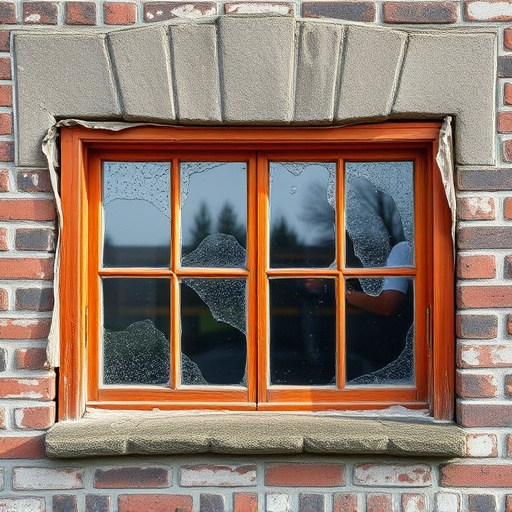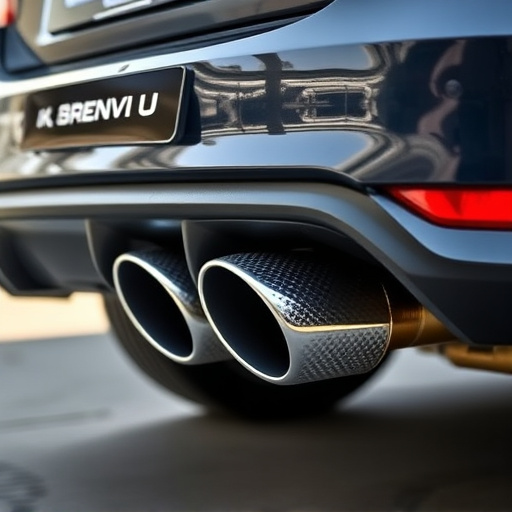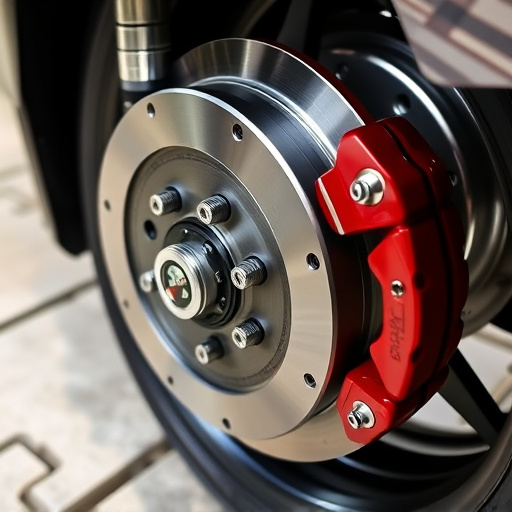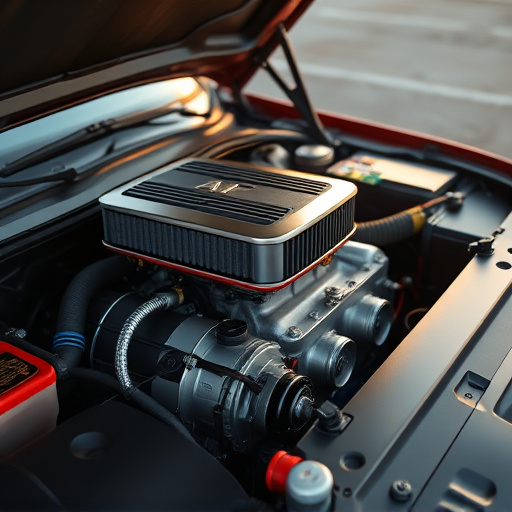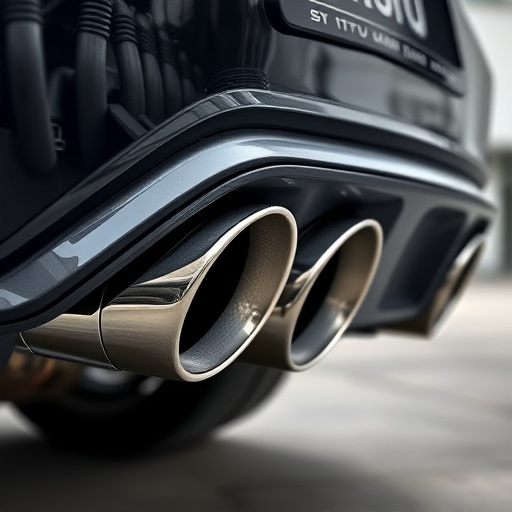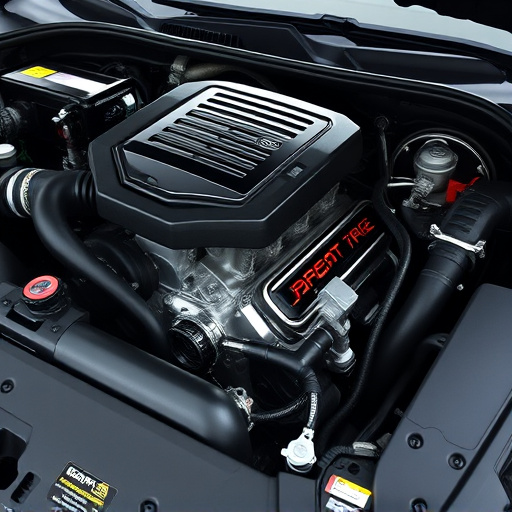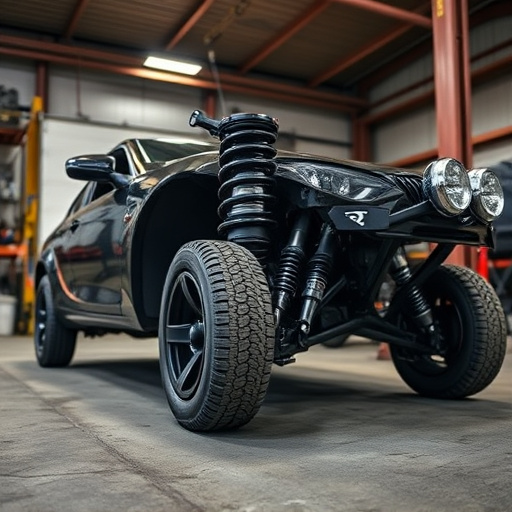A straight pipe exhaust offers performance gains through simplified design, allowing smoother gas flow and enhanced engine power. Before installation, understand your vehicle's exhaust system. Gather essential tools including wrenches, a hacksaw, thread tape, steel pipes, fittings, muffler tips, and an air filter kit. Protect yourself with safety gear. This guide provides step-by-step instructions for safe and effective straight pipe exhaust installation, from preparation to testing.
Looking to enhance your vehicle’s performance with a DIY straight pipe exhaust installation? This comprehensive guide is tailored for enthusiasts seeking an efficient, cost-effective solution. We’ll walk you through the process, from understanding the basics of straight pipe exhausts to gathering the necessary tools and materials. By following our step-by-step instructions, you’ll be able to install your new exhaust system with confidence, unleashing the full potential of your ride.
- Understanding Straight Pipe Exhaust Basics
- Gathering Tools and Materials
- Step-by-Step Installation Guide
Understanding Straight Pipe Exhaust Basics
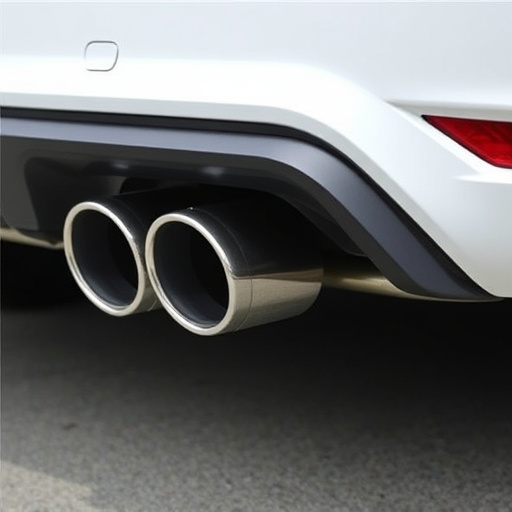
A straight pipe exhaust is a direct replacement for your vehicle’s stock exhaust system, offering a more performance-oriented route to enhancing engine sound and power. Unlike complex exhaust systems with multiple components like headers, mufflers, and catalytic converters, a straight pipe exhaust maintains a simple design, featuring smooth, unobstructed tubing that allows gases to flow freely from the engine. This direct path reduces backpressure in the exhaust system, enabling the engine to operate more efficiently.
Understanding how your vehicle’s exhaust system functions is crucial before installing a straight pipe exhaust. Familiarize yourself with components like exhaust manifolds, headers (if applicable), and the overall routing of the exhaust gases. While straight pipe exhausts are designed for easier installation compared to complex systems, proper fitting and alignment are still necessary. Additionally, consider compatibility with your vehicle’s air intake system and coilover kits for a balanced performance upgrade.
Gathering Tools and Materials
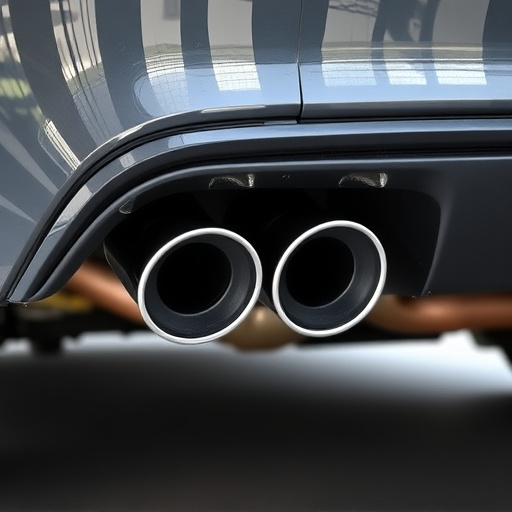
Before you begin your DIY straight pipe exhaust installation, it’s crucial to gather the right tools and materials. For a seamless process, you’ll need essential items like a wrench set for securing connections, a hacksaw for cutting pipes to size, and thread tape or lubricant to ensure airtight seals. Don’t forget about the straight pipe exhaust itself, typically made of durable steel, along with necessary fittings such as hangers and clamps. Enhance your setup with high-quality muffler tips for noise reduction and consider adding an air filter kit for improved engine performance. Additionally, protecting yourself with safety gear like gloves and eye wear is paramount throughout the installation process.
Step-by-Step Installation Guide

Starting with preparing your work area by parking your vehicle on a level surface and engaging the parking brake. Ensure safety by putting on protective gear, including gloves, safety glasses, and hearing protection. Gather all necessary tools and materials, including your straight pipe exhaust, wrenches, sockets, and any required adapters or fittings.
Next, locate your vehicle’s exhaust system, starting with the catalytic converter. Remove any existing exhaust tips or components to expose the pipes. Using the appropriate tools, carefully unbolt and detach the exhaust system from the engine bay, taking note of how each component connects. Once detached, replace the old exhaust system with your new straight pipe exhaust, ensuring a secure fit at every joint. Tighten the bolts firmly using your wrenches and sockets, working in a systematic manner to avoid overlooking any connections. After installation, test drive your vehicle to ensure optimal vehicle performance and check for any leaks along the exhaust system.
Installing a straight pipe exhaust system at home can be a rewarding DIY project, offering both performance benefits and customization options. By following this guide, you’ve learned the fundamentals, gathered the necessary tools and materials, and mastered the step-by-step installation process for a straight pipe exhaust. Remember, proper safety measures and adherence to local regulations are paramount throughout the project. Enjoy the improved sound and potential power gains while legalizing your vehicle’s exhaust system – a true testament to DIY automotive modification.







